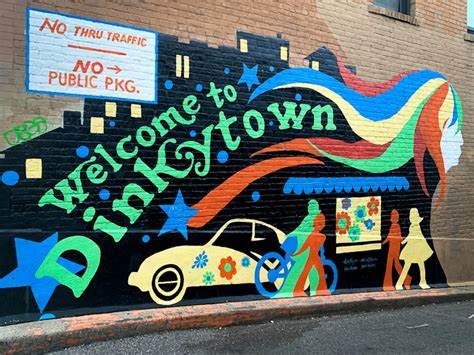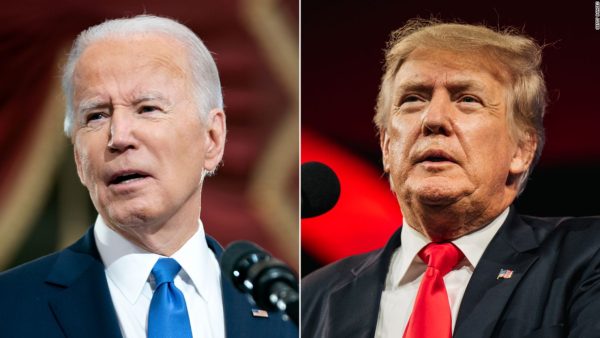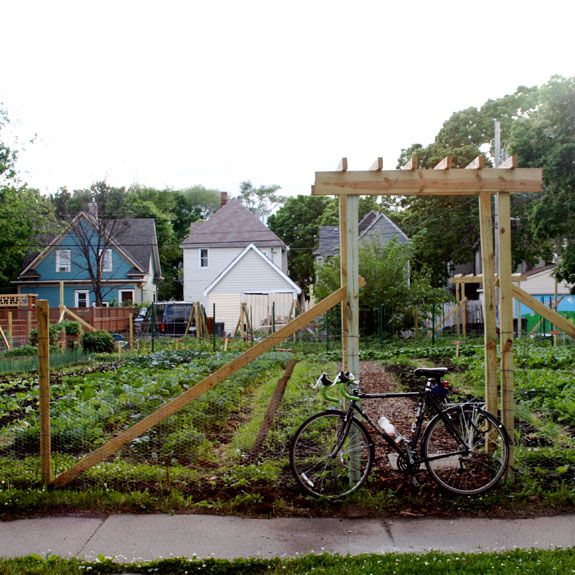Dayton, Republicans Clash over University Budget
January 28, 2018
In January, the University of Minnesota Board of Regents gave its 2018 budget proposal to the Legislature ahead of the upcoming legislative session. Not much had changed from the U of M’s 2016 proposal, which requested $238.5 million dollars in funding on various projects. However, Governor Mark Dayton raised the proposal to $298.5 million dollars as a part of a massive billion-dollar spending bond for state projects.
What are the differences in the two proposals? Dayton requested $50 million dollars more in HEAPR or Higher Education Asset Preservation and Replacement funding. These are funds dedicated to preserving and restoring historic and valuable University buildings across campus. University President Eric Kaler was at the announcement with Dayton and commented on the need for these preservation funds, citing the fact that half the buildings on campus are 50 years old or older and in need of repair.
While HEAPR is the main source of the requested budget, Dayton and the Board agreed on the rest of the proposal, including $10.5 million dollars in greater Minnesota academic renewal funds. This would be used to update classrooms and equipment in various buildings on the Morris, Crookston, and Duluth campuses. Pillsbury Hall on East Bank would also receive $24 million dollars to restore the building’s classrooms and laboratories. Lastly, Glensheen Mansion in Duluth would obtain $4 million dollars to start a donation campaign to save and restore the mansion to its former glory.
Governor Dayton also added in a specific request for a clinical research facility on the Twin Cities Campus. His initial amount for public funding on this project would be an additional $10 million dollars on top of the $288.5 million dollar budget, bringing his total proposal to $298.5 million dollars.
Kaler released a statement following the announcement of the Governor’s budget, thanking him for investing in the future of higher education in Minnesota.
“The University of Minnesota, with five campuses, extension offices and research centers around the state, adds significant educational, cultural and economic value to communities in every corner of Minnesota. Governor Mark Dayton has shown extraordinary support for the University of Minnesota, and I am enormously grateful.”
Republicans in both the House and Senate have been critical of the budget request, with many objecting to what is seen as an “budget busting” amount of money. Democrats and Dayton say Minnesota is in good economic health right now and that the University budget includes investment from the University itself, although at only a meager $21 million dollars. Unfortunately for the Democrats and Dayton, Republicans have a majority in the legislature, making a compromise necessary for a construction bill to pass.
Critics of Dayton’s budget also see his increase in the budget as a political ploy for the midterms, saying the Democrats will use the Republicans’ votes against the funding as a sign that Republicans don’t care about higher education in Minnesota. Dayton sees the funding as essential in improving the Minnesota economy and finishing projects that have long been delayed.
With the legislative session almost a month away, both sides have time to hammer out a compromise before the session even starts. Plenty of projects are planned for the various University campuses, but what will be passed and what will be cut remains to be seen. President Kaler remains undeterred by initial skepticism.
“This session, I urge passage of a robust bonding bill, and I urge all policymakers to invest in infrastructure that supports Minnesota’s students and families, renews our facilities, and enhances Minnesota’s economy and wellbeing.”












